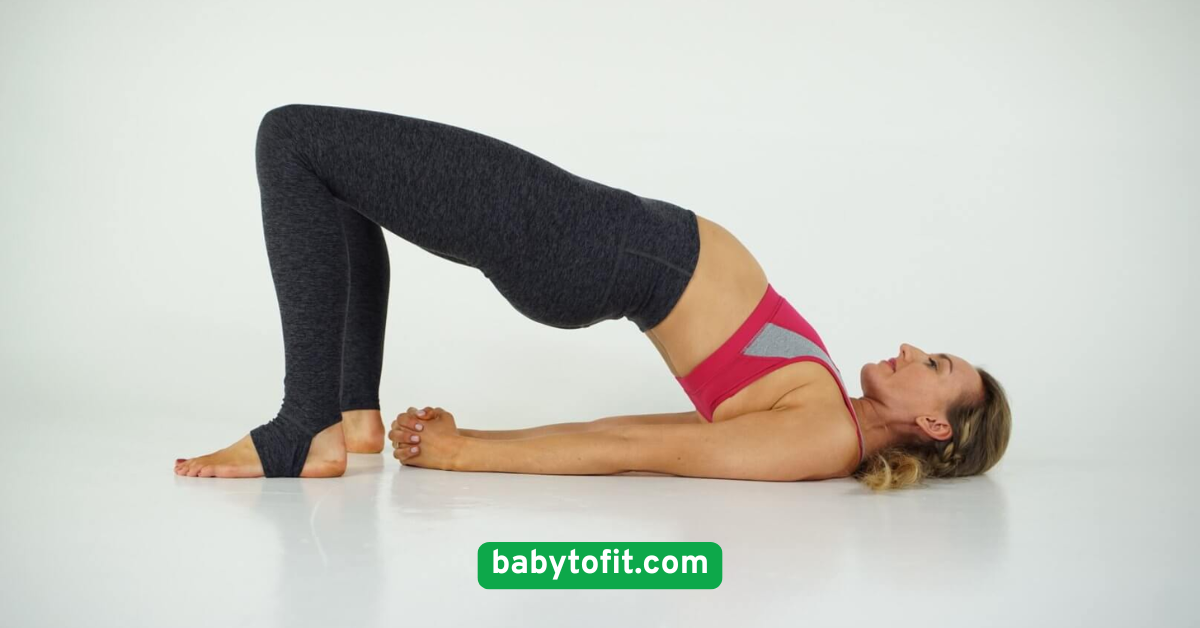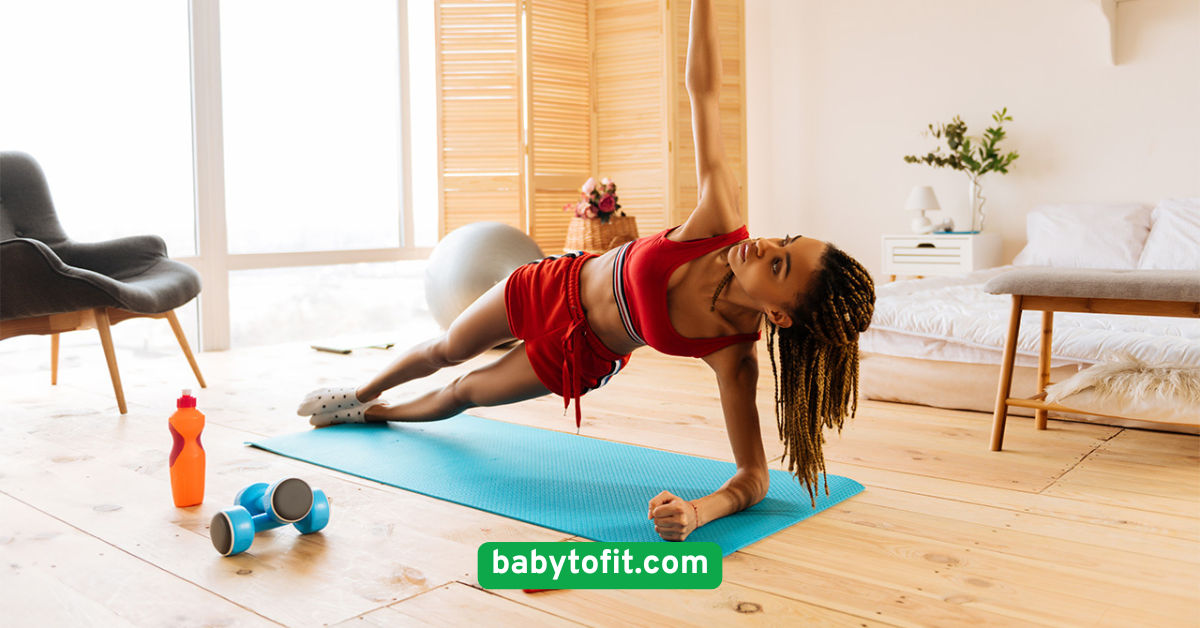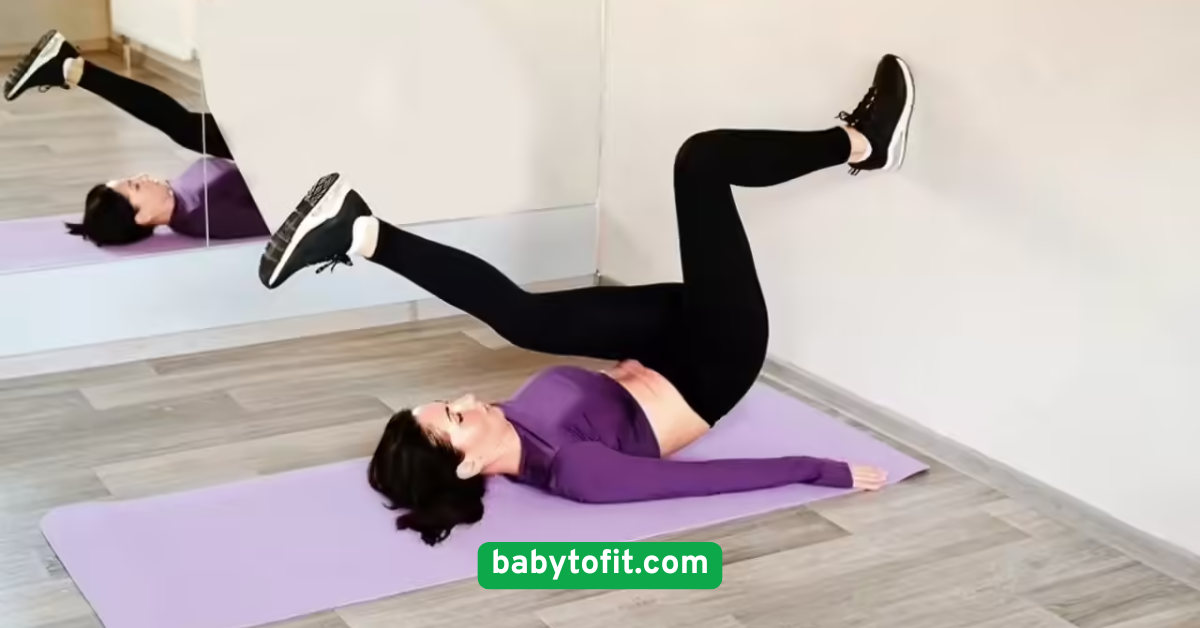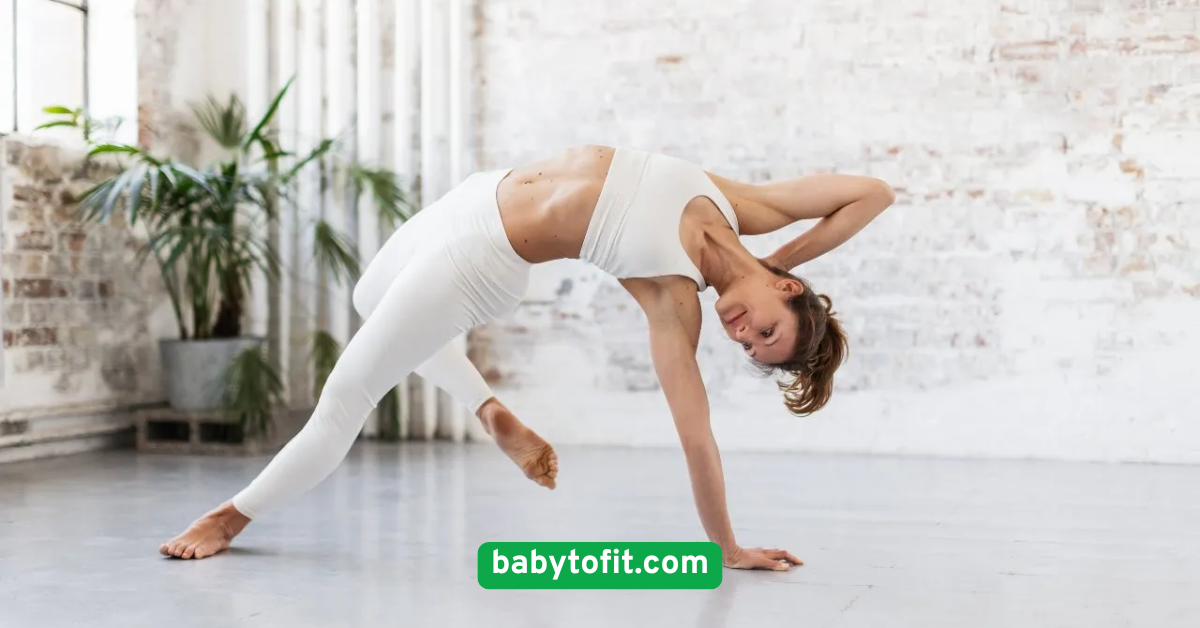30 Safe Postpartum Workouts to Support Healing in 2025
Let’s dive into these gentle and effective exercises that are perfect for moms at every stage of recovery. Remember, every body heals differently—listen to yours and adapt these workouts as needed!
1. Pelvic Floor Activation
One of the most crucial areas to focus on after childbirth is the pelvic floor. This group of muscles supports your bladder, uterus, and bowel and often weakens during pregnancy and delivery. Activating your pelvic floor muscles early helps restore control and prevent issues like leakage or prolapse.To activate these muscles, imagine stopping the flow of urine midstream—this contraction is your pelvic floor in action. Start with slow holds for 5 seconds, then relax for 5 seconds. Aim for 10 repetitions, gradually increasing as strength improves. This exercise can be done anywhere—sitting, lying down, or standing.Gentle pelvic floor activation improves circulation, reduces swelling, and rebuilds muscle tone without adding strain, making it the perfect first step in postpartum healing.

2. Diaphragmatic Breathing
Breathing deeply and correctly engages your core and helps relax both mind and body. Diaphragmatic breathing encourages your diaphragm to expand fully, promoting oxygen flow and core muscle engagement.Lie comfortably on your back with knees bent, place one hand on your chest and the other on your belly. Breathe in deeply through your nose, letting your belly rise as your chest stays still. Exhale slowly through your mouth. Practice for 5 minutes daily.Besides reducing stress, this technique supports your core muscles subtly and prepares your body for more challenging postpartum workouts.

3. Kegel Exercises
Kegels are the superstar postpartum exercise for strengthening the pelvic floor. They help restore muscle tone lost during pregnancy and birth and improve bladder control.To perform, contract your pelvic muscles for 5 to 10 seconds, then release for an equal amount of time. Repeat 10 to 15 times, three times a day. Avoid tightening your abdomen or buttocks simultaneously to ensure proper technique.Consistency is key—regular Kegels enhance pelvic health and reduce postpartum discomfort, making daily life more comfortable.

4. Modified Glute Bridges
Strengthening your glutes supports your lower back and pelvis—areas that often feel weak or sore postpartum. Modified glute bridges gently engage these muscles without putting pressure on your abdomen.Lie on your back with knees bent, feet flat on the floor hip-width apart. Slowly lift your hips toward the ceiling while squeezing your glutes, then lower down with control. Keep your core engaged throughout.Start with 8-10 repetitions, resting between sets. This exercise improves hip stability and aids in core recovery safely.

5. Seated Core Engagement
Rebuilding core strength is vital but must be done carefully to avoid strain. Seated core engagement focuses on activating deep abdominal muscles while sitting comfortably.Sit upright with feet flat on the floor. Take a deep breath, then gently draw your belly button toward your spine as if zipping up a tight jacket. Hold for 5 seconds, then release. Repeat 10 times.This exercise improves posture and core activation, helping moms gradually regain abdominal strength without stress.

6. Wall Push-Ups
Upper body strength is often overlooked postpartum but is essential, especially for carrying and nursing your baby. Wall push-ups provide a safe way to build strength with low impact.Stand facing a wall, arms shoulder-width apart. Slowly bend your elbows to bring your chest toward the wall, then push back to starting position. Keep your core engaged to protect your back.Perform 10-12 repetitions, increasing as strength grows. These push-ups strengthen arms, chest, and shoulders gently.

7. Cat-Cow Stretch
Spinal mobility often suffers after pregnancy due to postural changes and carrying your baby. The Cat-Cow stretch is a yoga-inspired move that gently mobilizes the spine and relieves tension.Begin on your hands and knees. Arch your back toward the ceiling (Cat), tucking your chin. Then dip your back, lifting your head and tailbone (Cow). Flow slowly between these positions, breathing deeply.This stretch improves flexibility, promotes blood flow, and encourages spinal alignment, all crucial for postpartum healing.

8. Child’s Pose Stretch
Child’s Pose is a restorative stretch that opens the hips, lengthens the spine, and promotes relaxation. It’s excellent for soothing tight lower back muscles often aggravated postpartum.Kneel on the floor, sit back on your heels, and stretch your arms forward while lowering your chest toward the floor. Breathe deeply and hold for 30 seconds to 1 minute.Use cushions for support if needed. This pose encourages gentle hip opening and calming breathwork.

9. Standing Hip Abductions
Hip abductions strengthen the outer hip muscles that support your pelvis and improve balance—important for preventing injury postpartum.Stand next to a sturdy surface for balance. Slowly lift one leg out to the side, keeping your toes facing forward. Lower it with control.Aim for 10 repetitions per leg, increasing over time. This exercise enhances hip stability, helping with daily movement and posture.

10. Heel Slides
Heel slides are a simple, effective way to improve hip and knee mobility while gently engaging the core.Lie on your back with knees bent. Slowly slide one heel away from your body until your leg is straight, then slide it back.Repeat 10 times per leg. This movement improves joint flexibility and supports gentle core engagement without pressure.

11. Bridge Marches
Bridge marches build on the basic glute bridge by adding a marching motion, which challenges your core stability while strengthening your hips and lower back. This helps rebuild the essential muscles that support your pelvis and lower spine, which often become weak after childbirth.To perform, lie on your back with your knees bent and feet flat on the floor. Lift your hips into a bridge position by engaging your glutes and core. While keeping your hips lifted, slowly lift one knee toward your chest, then lower it back down. Repeat with the other leg, mimicking a marching motion. Keep your pelvis stable throughout to avoid any sagging.Start with 8-10 repetitions per leg. This dynamic move enhances muscular endurance and coordination, making it great for regaining strength while protecting healing tissues.

12. Seated Leg Lifts
Seated leg lifts are a gentle way to strengthen your lower abs and hip flexors without placing undue pressure on your abdomen. This exercise can be done while nursing or resting, making it practical for busy moms.Sit tall on a chair with your feet flat on the ground. Engage your core and slowly lift one leg straight out in front of you, keeping it parallel to the floor. Hold briefly, then lower it back down without letting your foot touch the floor. Alternate legs.Perform 10-12 repetitions on each side. This workout promotes core activation and helps tone the lower body while being easy on postpartum recovery.

13. Bird Dog
The bird dog exercise is excellent for improving balance, core strength, and spinal stability. It targets multiple muscle groups, including your back, glutes, and abdominals, all vital for post-birth recovery.Start on your hands and knees with a neutral spine. Engage your core as you simultaneously extend your right arm forward and left leg backward. Hold this position for a few seconds, focusing on keeping your hips level and spine stable. Slowly return to the starting position and switch sideComplete 8-10 repetitions per side. This move encourages muscle coordination and strengthens your core safely.

14. Side-Lying Leg Raises
Side-lying leg raises target the hip abductor muscles, which play a key role in pelvic alignment and walking stability—areas that can feel weak postpartum.Lie on your side with your legs extended and stacked. Keep your body in a straight line and slowly lift the top leg upward, keeping it straight. Hold for a moment, then lower with control. To increase intensity, you can add a light resistance band around your thighs.Aim for 12-15 repetitions per side. This exercise strengthens hips and outer thighs, helping improve posture and movement efficiency.

15. Modified Plank
Planks are a powerful core strengthening exercise, but postpartum moms should start with a modified version to avoid excess strain.Begin on your knees and forearms, keeping your body in a straight line from head to knees. Engage your abdominal muscles by gently pulling your belly button in. Hold this position for 10-20 seconds to start, gradually increasing as you get stronger.Modified planks help rebuild abdominal and shoulder strength safely, supporting better posture and daily activities.

16. Standing Side Bends
Standing side bends help stretch and strengthen the oblique muscles along your sides, which can be stretched during pregnancy.Stand with feet hip-width apart, arms at your sides. Slowly slide your right hand down your right thigh while reaching your left arm overhead, bending your torso gently to the right. Hold for a few seconds and return to center. Repeat on the other side.Perform 10 bends per side. This exercise improves flexibility, relieves tension, and tones the side muscles.

17. Wall Squats
Wall squats are a safe way to build strength in your thighs and glutes without putting pressure on your lower back.Stand with your back against a wall, feet shoulder-width apart and about a foot away from the wall. Slowly slide down into a squat position, keeping your knees behind your toes. Hold for 10-15 seconds and slide back up.Complete 8-12 repetitions. This move strengthens your lower body and improves endurance, which is helpful for the physical demands of motherhood.

18. Toe Taps
Toe taps target the lower abdominal muscles and help rebuild core strength gently.Lie on your back with knees bent at 90 degrees and feet lifted off the floor. Slowly lower one foot to tap the floor lightly while keeping your core engaged. Bring the foot back up and alternate.Aim for 10-15 taps per leg. This exercise promotes controlled movement and helps tighten the deep core muscles.

19. Arm Circles
Arm circles enhance shoulder mobility and strengthen the upper body, which is often taxed carrying and feeding your baby.Stand or sit with arms extended out to the sides at shoulder height. Make small circles forward for 15-20 seconds, then reverse direction.Repeat 2-3 sets. This simple movement relieves stiffness and builds endurance in the arms and shoulders.

20. Heel Raises
Heel raises strengthen the calves and improve balance, supporting walking and standing during busy mom days.Stand with feet hip-width apart near a wall or chair for support. Slowly rise onto your toes, lifting your heels off the floor. Hold for a moment, then lower down with control.Complete 15-20 repetitions. Heel raises improve lower leg strength and circulation.

21. Supine March
The supine march is an effective exercise to rebuild core control while lying down safely.Lie on your back with knees bent and feet flat. Engage your abdominal muscles and slowly lift one knee toward your chest. Lower and repeat with the other leg.Do 10 repetitions per leg. This helps strengthen the core gently and improves coordination.

22. Side Plank with Knee Down
This variation of the side plank is accessible for postpartum moms building core strength.Lie on one side with your forearm on the floor and knees bent. Lift your hips off the floor, forming a straight line from head to knees. Hold for 10-15 seconds.Repeat on both sides for 3 sets. This move targets obliques and helps stabilize the torso.

23. Seated Spine Twist
The seated spine twist improves spinal mobility and relieves tension in the back.Sit tall on a chair, place your right hand on the outside of your left thigh, and gently twist your torso to the left. Hold for 15 seconds, then switch sides.Perform 3-5 twists per side. This stretch supports flexibility and posture.

24. Pelvic Tilts
Pelvic tilts gently mobilize the lower back and strengthen core muscles.Lie on your back with knees bent. Flatten your lower back against the floor by tilting your pelvis upward, then relax.Repeat 10-15 times. This exercise reduces back stiffness and promotes pelvic alignment.

25. Neck Rolls
Neck rolls relieve tension built up during long hours of holding your baby.Sit or stand comfortably. Slowly roll your head in a circular motion—first clockwise, then counterclockwise.Perform for 30 seconds each direction. This improves neck mobility and reduces stiffness.

Conclusion
Supporting your body’s healing journey postpartum doesn’t require high-impact workouts or long gym sessions. These 30 safe postpartum exercises provide gentle, effective ways to regain your strength, enhance mobility, and boost your energy as you adjust to life with your new baby. Always remember to listen to your body and consult your healthcare provider before starting any new workout regimen. Gradual progress, consistency, and self-compassion are key.
By incorporating these workouts into your routine, you’ll build a strong foundation for lasting health and wellness. Your postpartum journey is unique—and with these exercises, you can nurture your body back to vitality in a safe, enjoyable way!





